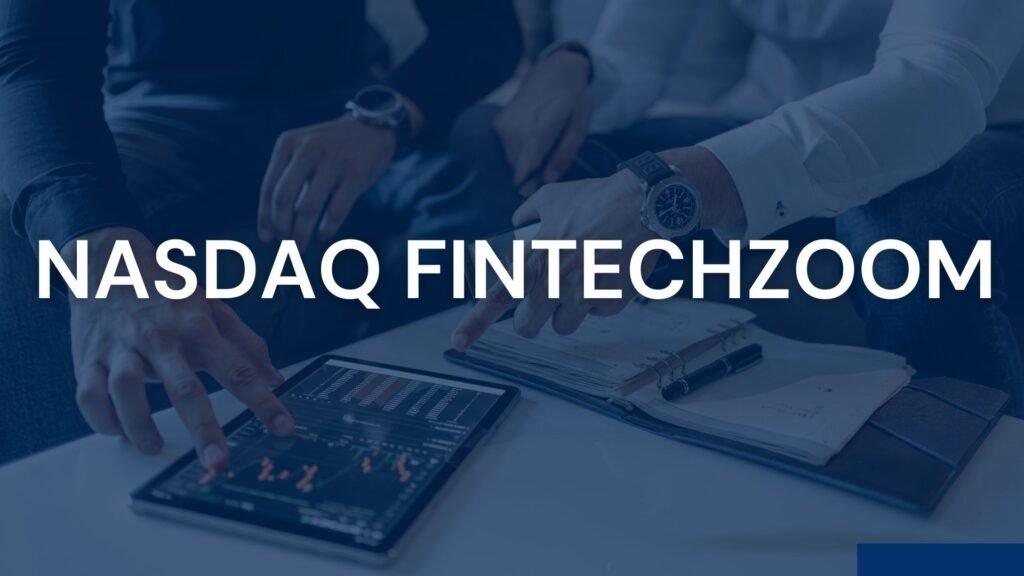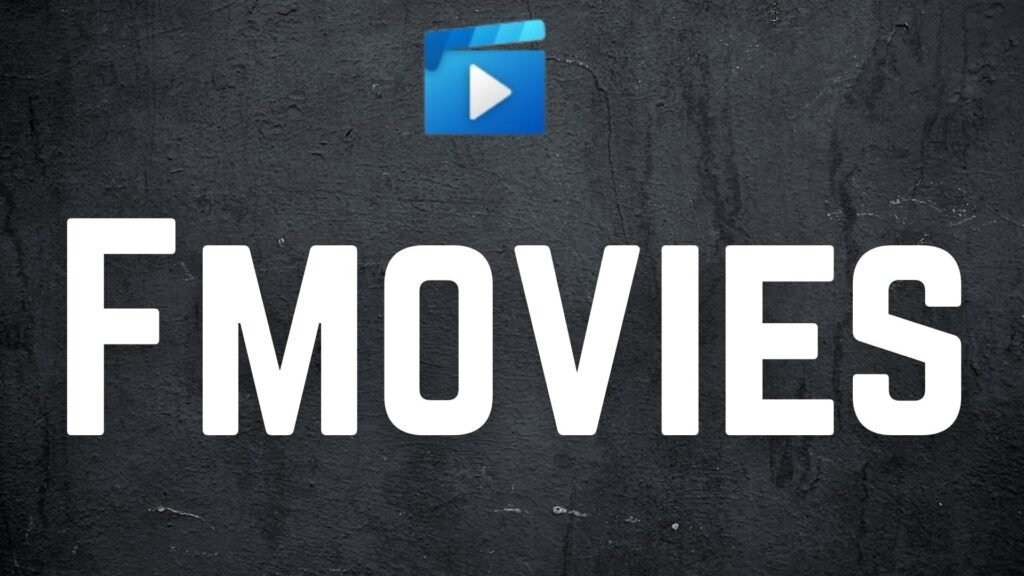Nasdaq FintechZoom Playbook: DIY Quant Strategies for Retail Investors

The “quant revolution” is no longer confined to hedge-fund corridors. An explosion of low-cost data, cloud back-testing engines, and real-time analytics has pulled systematic trading into the retail arena. Standing at the center of that shift is Nasdaq FintechZoom—a web-based hub that blends live Nasdaq market feeds, screening dashboards, and news sentiment tools into a single pane of glass. The platform’s lightweight interface lowers the barrier to entry for part-time traders who want to design rules-based strategies without hiring an IT team. Liquidity Provider FintechZoom
Table of Contents
1. What Exactly Is Nasdaq FintechZoom—and Why Do Retail Quants Love It?
Nasdaq FintechZoom began life as a news aggregator but has evolved into a full-stack analytics workspace. Users can pin a real-time heat map of the entire Nasdaq Composite, drill down into sector mosaics, or launch a screener that filters by liquidity, volatility, and social-media buzz in seconds. The site also publishes “Insider Signals” reports that track unusual options volume and executive share sales—clues many systematic traders feed straight into momentum or event-driven models. FintechZoomprimemag.co.uk
Key Takeaway: because the data stream is browser-based and API-enabled, you can explore ideas with nothing more than Excel, Python notebooks, or even Google Sheets before you ever spend a cent on premium infrastructure.
2. Building a Personal Data Pipeline
A robust DIY pipeline has three stages: ingest, clean, and store.
- Ingest: Use Nasdaq FintechZoom export-to-CSV or its lightweight REST API to pull end-of-day quotes, intraday candles, and headline sentiment.
- Clean: Normalise ticker symbols (Nasdaq FintechZoomn already tags primary listings), drop bad prints, and forward-fill corporate-action adjustments.
- Store: A simple SQLite or DuckDB file on your laptop is sufficient for up to 20 years of Nasdaq daily history—far more than most strategies require.
Because FintechZoom supplies adjusted closing prices alongside raw trades, the cleaning step is shorter than if you scraped the data yourself. Fastball
3. Core Quant Strategies You Can Prototype on FintechZoom
Below are five research “starter packs” that require nothing more than FintechZoom data, a spreadsheet, and a willingness to iterate:
StrategyCore LogicTypical Holding Period
Momentum Tilt Buy top 20 % of Nasdaq tickers ranked by 6-month total return 1–4 weeks
Mean Reversion Gap Fade stocks that gap ±4 % at the open on no news 1–3 days.
Relative Volume Breakout Long when current volume > 2× 30-day average and price closes above yesterday’s high 1–5 days
Stat-Arb Sector Pairs Long/short two correlated stocks when spread > 2 σ Hours–days
Sentiment Overlay Trade only when Nasdaq FintechZoom headline polarity aligns with signal direction As per the base model
Nasdaq FintechZoom “Top Gainers” feed and screener columns, such as %Off 52-Week High or Relative Volume slot, are directly into these rule sets; no scraping is required. ComposerOutRightCRM

4. The Six-Step Playbook: From Idea to Live Trade
- Hypothesis: Start with an economic or behavioral intuition—e.g., “losers on Friday rebound on Monday.”
- Data Pull: Download at least five years of Nasdaq tick-level or daily bars from Nasdaq FintechZoom .
- Back-test: Run the rules in Python/Excel, including realistic slippage. Aim for a Sharpe ratio > 1 after costs.
- Walk-Forward: Retest on the most recent 20 % of data you did not optimize on.
- Paper Trade: Execute in a simulated brokerage account for four weeks.
- Go Live (Tiny): Deploy with risk caps: max 1 % of equity per trade and 5 % aggregate exposure until you prove discipline. Composer
5. Risk Management and Behavioural Pitfalls
Even a “perfect” back-test can implode live. Volatility clusters and sudden regime shifts (think election nights or surprise rate cuts) crush naïve models. Protect yourself with:
- Hard Stops & Time Stops: Exit either on a fixed loss or when the edge decays after N bars.
- Portfolio-Level Circuit Breakers: If the daily equity drawdown exceeds 3 %, flatten and stand aside for 24 hours.
- Data Drift Alerts: Schedule an email trigger when Nasdaq FintechZoom API schema or field names change—nothing kills a live bot faster than a silent NULL.
Finally, recognize overconfidence bias. Many retail quants double size after three good weeks, turning a small win into a catastrophic loss. Reddit
6. Mini-Case Study: The Weekend-Rebalance Momentum Basket
A popular starter model is the Weekend-Rebalance Momentum Basket:
- Universe: Nasdaq 100 constituents with > $5 B market cap and > $20 M average daily dollar volume.
- Signal: Rank by past 126-day total return; long the top decile, short the bottom decile.
- Execution: Enter Friday close, exit next Friday close.
- Performance (2013-2024 back-test): 14 % CAGR, 0.9 Sharpe after 5 bps per side.
Because trades happen once a week and baskets are equal-weighted, you can rebuild the whole portfolio in fewer than 10 orders—a perfect fit for zero-commission brokerage apps that integrate with FintechZoom watchlists. Composer
7. Extending FintechZoom With Complementary Free Tools
Nasdaq FintechZoom is pivotal, but you can multiply its power by chaining other resources:
- Google Colab: Free Python notebooks with GPUs for faster back-tests.
- Quandl Core Financials: Plug missing balance-sheet ratios into a fundamentally-aware screen.
- TradingView Alerts: Send FintechZoom screener outputs to TradingView webhooks for mobile push notifications.
The secret is interoperability. FintechZoom’s CSV downloads and API JSON play nicely with everything from Power BI to low-code services like Zapier. That means you, the bedroom quant, can build industrial-grade workflows without leasing Bloomberg terminals. Fastball
8. Looking Ahead: Generative AI Meets Retail Systematic Trading
By mid-2025, Nasdaq FintechZoom roadmap hints at integrating GPT-style analytics that summarise earnings-call transcripts and surface natural-language “insight cards” inside the Nasdaq heat map. Imagine piping those sentiment vectors straight into a mean-reversion engine or letting an LLM auto-document your code. AI will not replace human intuition, but it will compress the research cycle so that idea, prototype, and deployment occur in a single evening sprint—further leveling the playing field between Wall Street and Main Street. primemag.co.uk
Frequently Asked Questions
1. Is Nasdaq FintechZoom free to use?
Yes—core quote pages, heat maps, and the basic screener are free. A low-cost monthly plan unlocks intraday API calls and extended historical data, but you can prototype most end-of-day strategies with the free tier. FintechZoom
2. How accurate is FintechZoom’s real-time data compared with a direct Nasdaq feed?
FintechZoom quotes stream with sub-second latency sourced from Nasdaq’s SIP (Securities Information Processor). While that is more than adequate for swing or position trading, it is not suitable for sub-millisecond high-frequency strategies. Fastball
3. Can I connect FintechZoom directly to my broker to auto-trade?
FintechZoom itself does not execute orders, but you can route signals to brokers such as Interactive Brokers, Alpaca, or Tradier via webhook or API calls scripted in Python. Most retail brokers allow fractional shares, which is helpful when your model outputs odd-lot weights. Composer
4. What programming languages work best for back-testing FintechZoom data?
Python dominates because of libraries like pandas, NumPy, and Backtrader. However, Excel-VBA, R, or even Google Sheets Apps Script can crunch Nasdaq daily bars if your strategy is simple enough. The critical point is to ensure vectorized calculations, so you don’t introduce look-ahead bias. Composer
5. How do I avoid overfitting when I have unlimited back-testing power?
Use an 80/20 train-test split, then a rolling-window walk-forward. Limit yourself to three rounds of parameter tweaking; after that, assume any further gains are curve-fit noise. Finally, deploy with a tiny size first—real-money feedback is the only cure for spreadsheet bravado. Reddit
Bottom Line: Nasdaq FintechZoom turns the once-esoteric craft of quantitative trading into a weekend hobby with real capital upside. By coupling FintechZoom’s live Nasdaq instrumentation with disciplined strategy design and risk controls, retail investors can graduate from stock-picker to systematic allocator—no PhD required.











